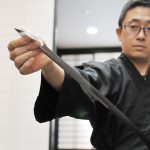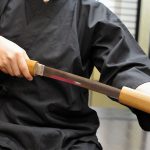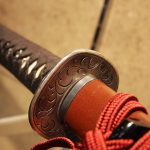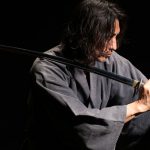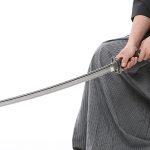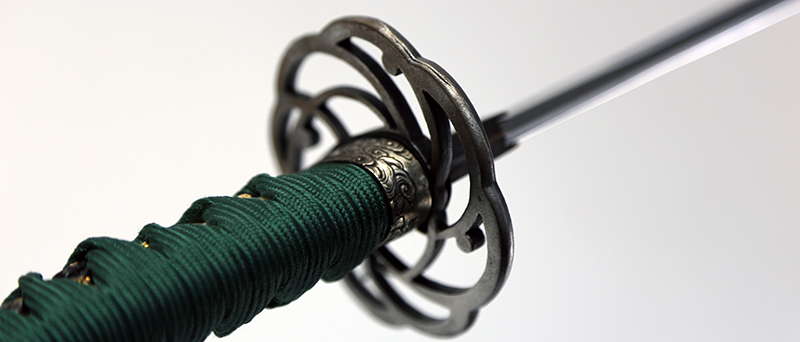
In this article we are going to take a look at how to go about choosing the right iaito for you. Beyond the aesthetics and theme of the koshirae, there are many factors like blade type and tsuka length to consider.
We go through each step of the process recommending what information to consider as well as explaining some of the many options available and how they may impact your training.
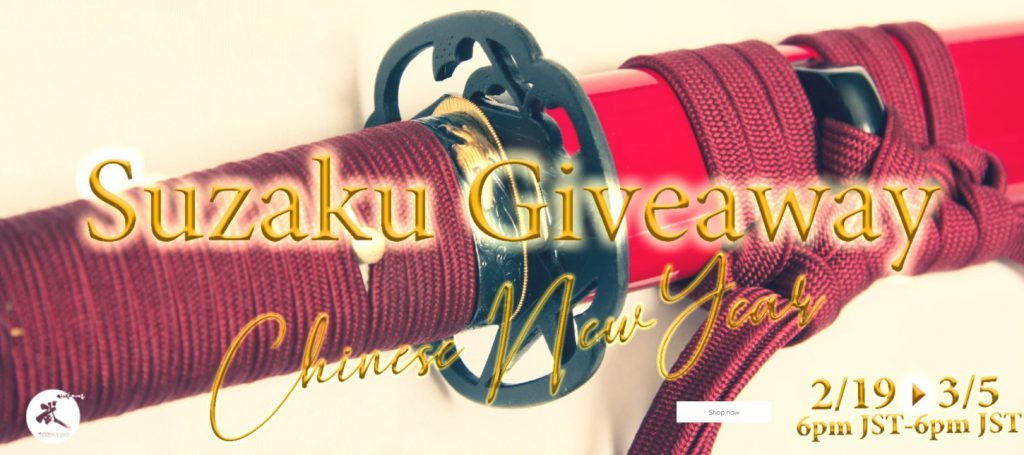
Before buying the Iaito
The first thing you should do, before visiting any shops or looking at any options, is to have a discussion about it with your Sensei and Senpai in your dojo. Depending on the style or dojo you are practicing in, there might be certain preferences regarding length and weight of iaito. Even seemingly aesthetic only options like menuki and sageo can be affected by one’s ryuha (style).
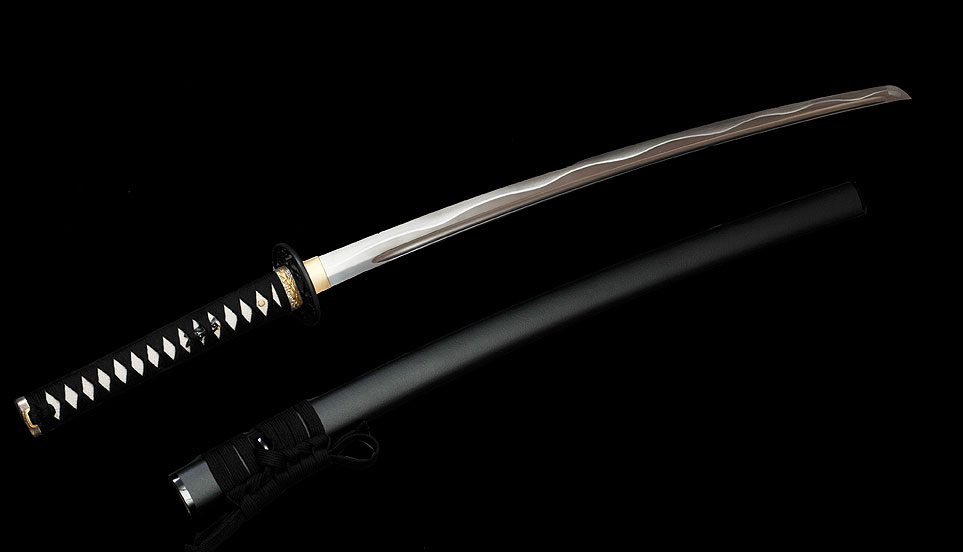
If there are rules regarding the length or weight, you should take these into consideration when choosing your iaito. Even if there are no specific restrictions, you should be able to get some good advice for how to choose an appropriate iaito for someone of your level. This is the key to getting the most out of your training.
If possible, you should ask your fellow students to let you handle and swing their iaito before buying: this way you can get a good feel for the kind of balance and style you prefer.
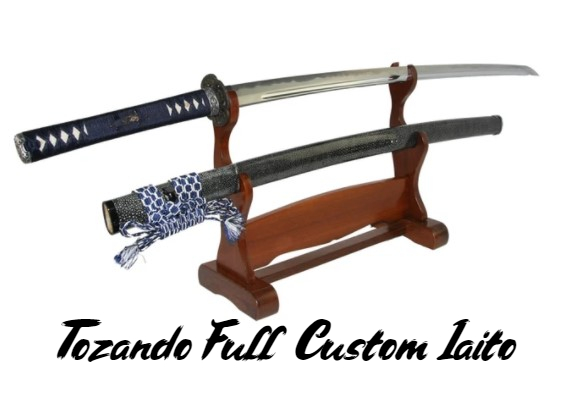
When buying the Iaito
If you have a chance to buy it directly in a store, if possible you should refrain from going by yourself. Bringing your Sensei or Senpai with you, especially if you have just begun practicing, is a great way of getting on-hand advice according to the traditions of your style and dojo. It is easy to forget things when faced with an array of options and they will help you to remember the most important elements.
It is also a good idea to bring your Obi with you. The reason for this, is that you can not only try the iaito by doing suburi, you can try to do tai-tō to get a feeling of the iaito in that position also.
Choosing the correct length
Unless there are specific requirements or rules regarding the length and weight of the Iaito, you should choose an iaito that is easy for you to use. Most shops will have established size charts with general recommendations regarding the length of the iaito, so please use that as a reference.
Most charts are based on height, but as everyone is different, some people might have longer or shorter arms, and thus you should take that into consideration when choosing your sword. If you stand up straight, spread out your arms with open hands, supposedly, your height should be about the same as the distance in-between the tips of your middle fingers with your arms spread out in this position. In some cases using the measurement of your arms might be a better estimation for the sword length rather than your actual height.
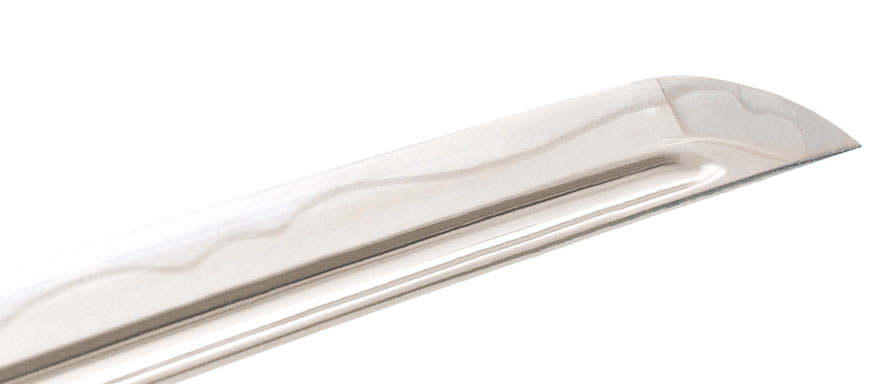
For example, if you are 170cm tall, but the measurement of your arms is about 165cm, you might want to consider choosing an Iaito that is good for someone who is 165cm tall instead of 170cm.
Also for beginners, in most cases, it is a good idea to choose an Iaito that is about 5 Bu (approximately 1.5cm) shorter than recommended. As a beginner, it might be hard to draw your sword when it’s hanging from your waist to begin with, and if you buy an Iaito that is too long, it can lead to injury or bad habits as a result of the mismatch. Even 1cm can make all the difference when you hold the Iaito, so if you don’t have any restrictions, we recommend that you choose an Iaito that is slightly shorter than you “need” as a beginner.

Regarding the weight
For beginners, it is generally recommend to choose a lighter iaito. This is because suddenly using a heavier and more realistic sword might cause stress to your body and eventually lead to injury: noone is used to the movements when they start and heavy iaito inevitable cuase strain when learning how to handle them.
There is no need to overdo it, choosing a lighter iaito to begin with so that you can get used to the weight first and foremost, if needed, increase it later by getting a second iaito when you are more experienced. Many sellers also provide approximate weights for the various lengths of iaito.
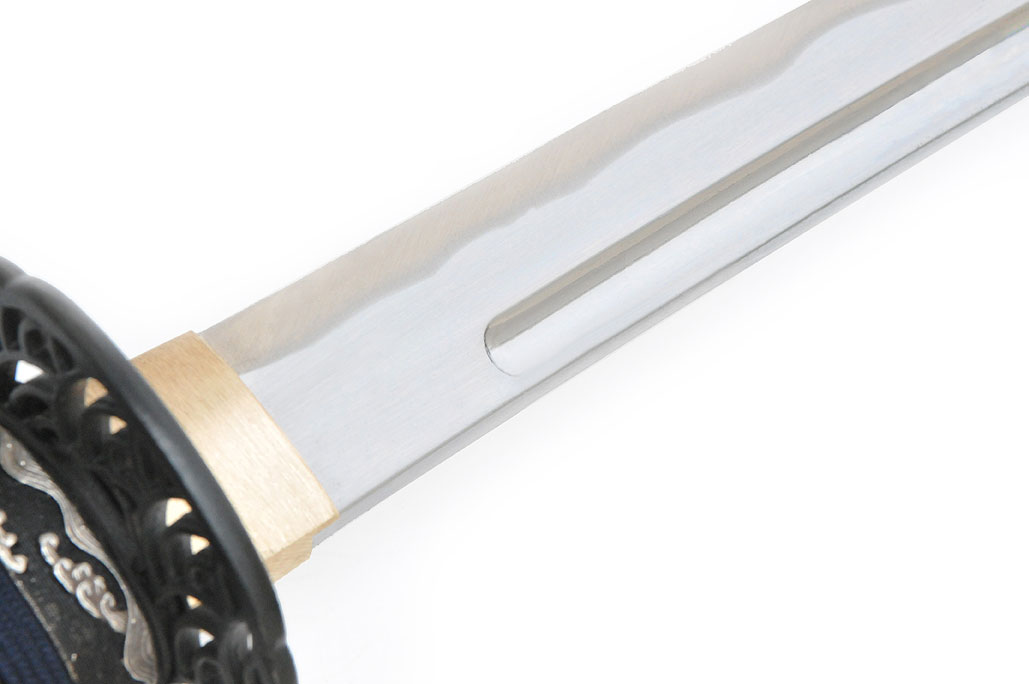
Checking the balance
Buying an iaito in store is ideal because you can ask to try swinging various sword to get a feel the balance. Some swords are more balanced towards the tsuka; whilst some are more balanced towards the kissaki (tip of the blade). The preferred balance varies from person to person, so please try out a few iaito and find a balance you like. Beginners as mentioned before, can ask their Sensei to come with them to provide advice in these matters. The most important is choosing an Iaito that you feel is easy to swing.
Purchasing iaito online can be a lot more daunting. The first thing is to browse vendors that you trust and have a good reputation for iaito. The second is to have a very good idea of what kind of balance you are looking for and what characteristics you prefer (for example having the center of balance more towards the Tsuka or the blade tip).
If they are a good seller you should be able to consult with them on these matters, in the case of Tozando as we make our own Iaito your preferences will be taken into consideration when our craftsman make your Iaito.
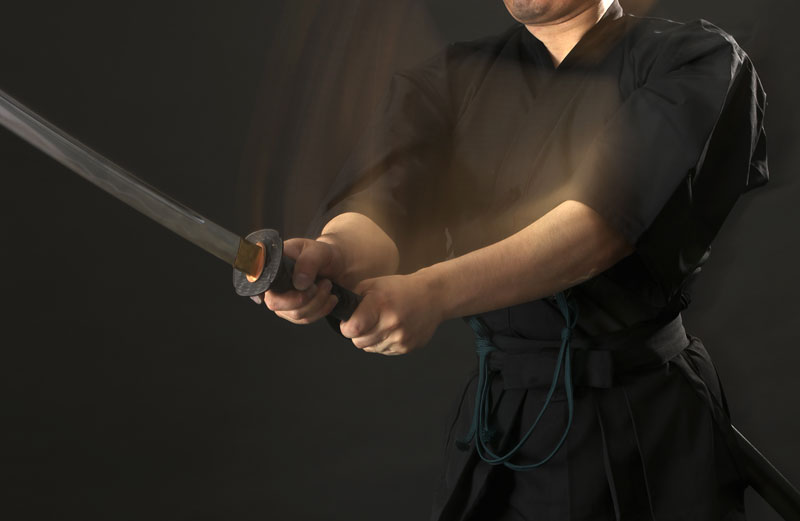
The shape and size of the tsuka
The size and shape of the tsuka is mainly decided by the size of the fuchi/kashira. If possible, you should try to grip the tsuka to feel for yourself which type and size you prefer. If your hands are small, you might consider looking for an Iaito with a slimmer tsuka. If you buy the iaito online, sending an outline of your hands is a good idea.
The above is regarding to the thickness of the tsuka; for the length, jsut like the blade, you should go on the advice of your Sensei and always keep in mind the principles of your style.
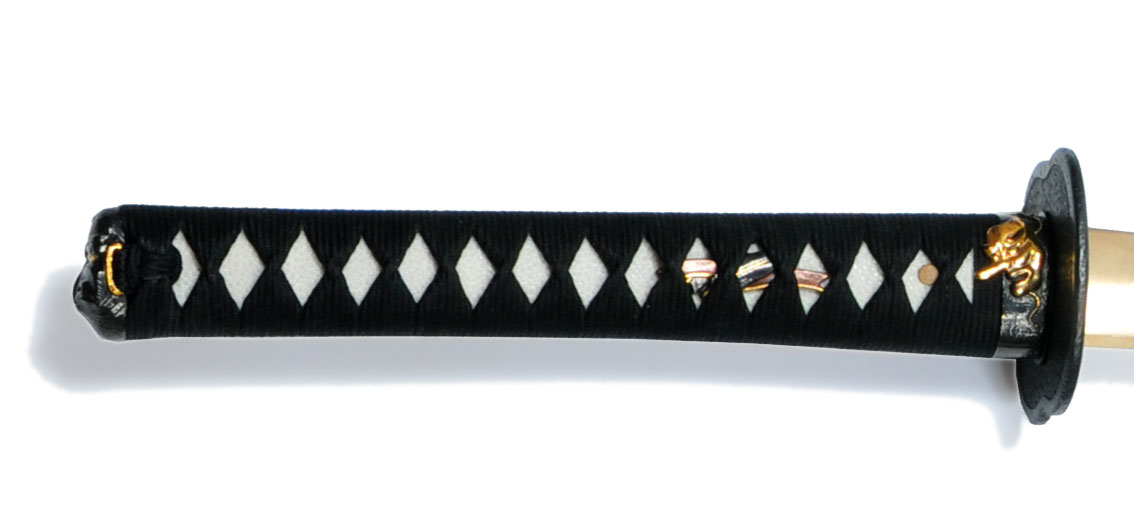
Tsuka-ito
Depending on the quality and material of the tsuka-ito used to wrap the tsuka, the feeling you get when gripping will vary greatly. In general cotton and silk strings are used for the tsuka predominantly, but leather (both cow and deer) as well as lacquered options are also available..
Cotton tsuka-ito are very durable and don’t become slippery even when soaked with sweat, it is generally recommended for beginners or people with sweaty hands. On the other hand, because of this there is a bit of friction and roughness when holding a tsuka wrapped with cotton tsuka-ito, so if you would like something that feels a bit smoother to touch, you might want to consider choosing a tsuka wrapped with silk tsuka-ito instead.
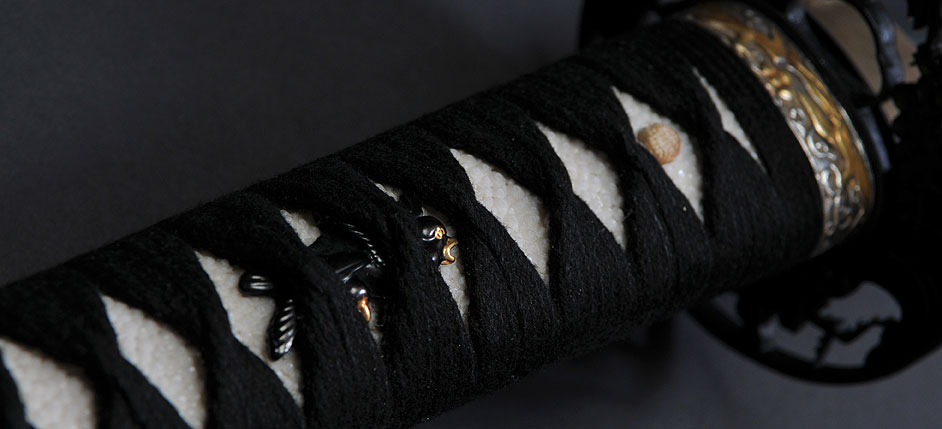
Silk tsuka-ito are very beautiful, emitting a very glamorous shine. They’re also durable and feel very nice to the touch. However, it is comparatively less durable compared to cotton and because it’s smooth, some people with sweaty hands might feel like the tsuka becomes slippery after using it for a while.
Leather tsuka-ito come in two broad types, regular leather and suede. for cow leather it tends to look fantastic and feels very luxurious to hold. it is also very durable. However it is very slippery that can make it unsuitable for iaido depending on the skill and preferences of the user. Suede does not suffer from the same slipperiness of regular leather, so is often preferred for use in iaido. Yet it’s appearance is not as nice as that of regular leather.
Deerskin is also an option and is very traditional. It is a lot mroe flexible than cowhide and is almsot as durable. It also does not suffer from being too slippery and is generally highly regarded as a material for tsuka-maki. The main disadvantage is its cost which tends to be very high.
All materials have both pros and cons, and which you prefer is very individual, but in general we recommend cotton for beginners: at least to begin with.
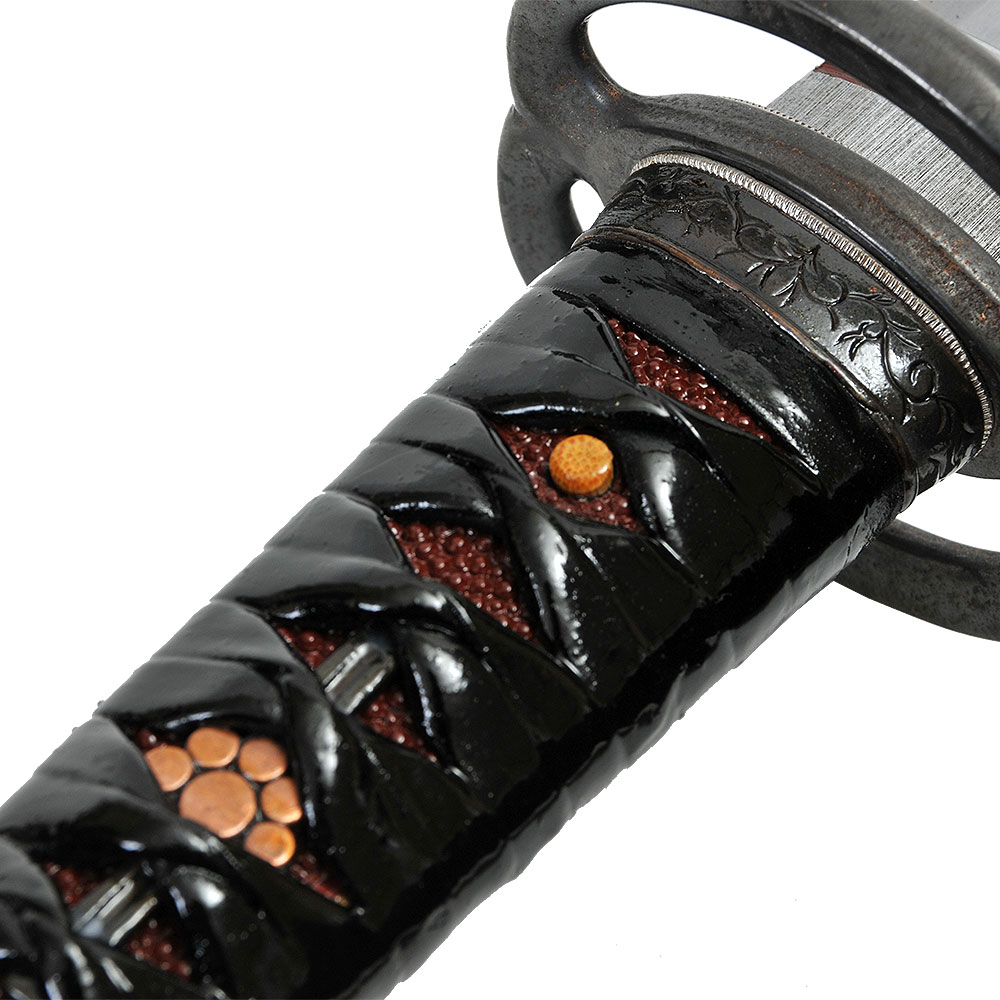
Saya lacquer
Saya lacquer is largely divided into two groups; gloss and matte. For iaito, it’s generally recommended for beginners to choose a matte type of lacquer for your saya. It’s easier to grip the saya and it doesn’t attract finger prints, like a glossy type typically would, making it very practical and easy to use.
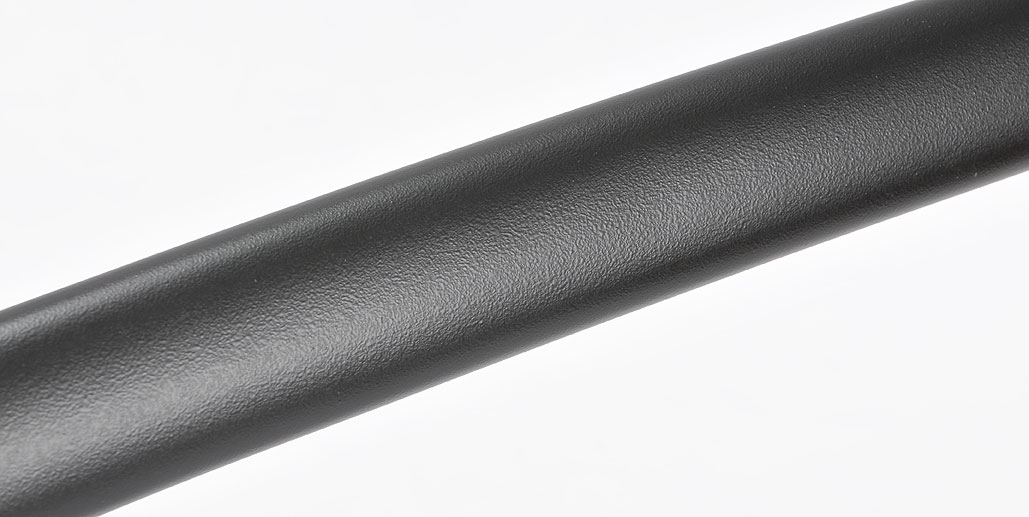
Glossy type lacquers, although very beautiful to look at, are a bit harder to use due to being very smooth and also easily get dirty, especially during the warmer months of the year; when your hands are sweaty. You might want to consider glossy types of lacquer when you become a bit more experienced, but it is alrgely an aesthetic choice.
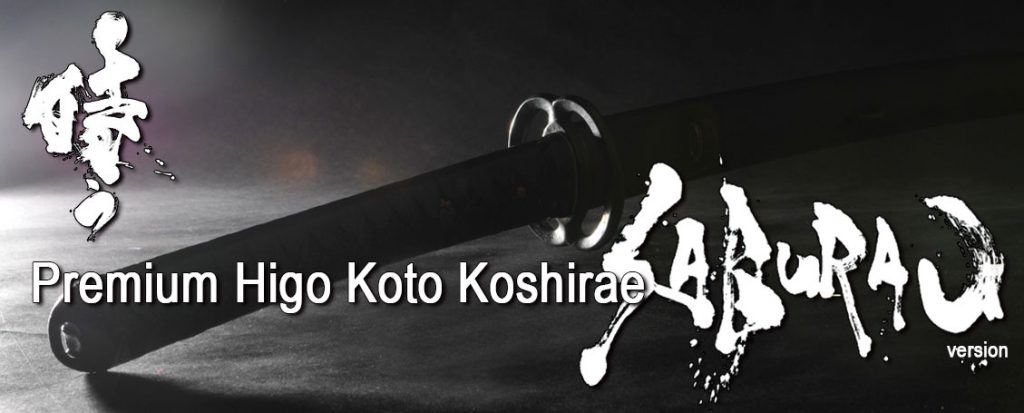
Final things to consider
In the end, the best choice is an iaito that you think feels good to grip and swing – these are the main thigns you are going to be using it for after all! The iaito consists of the blade, the tsuka, saya and many other small parts that are put together to form a sword. To form a good opinion for yourself, we recommend that you try out as many iaito as possible in your immediate vicinity (asking permission of course!). This way you can develop a really good understanding of the style of iaito that suits you and your practice.
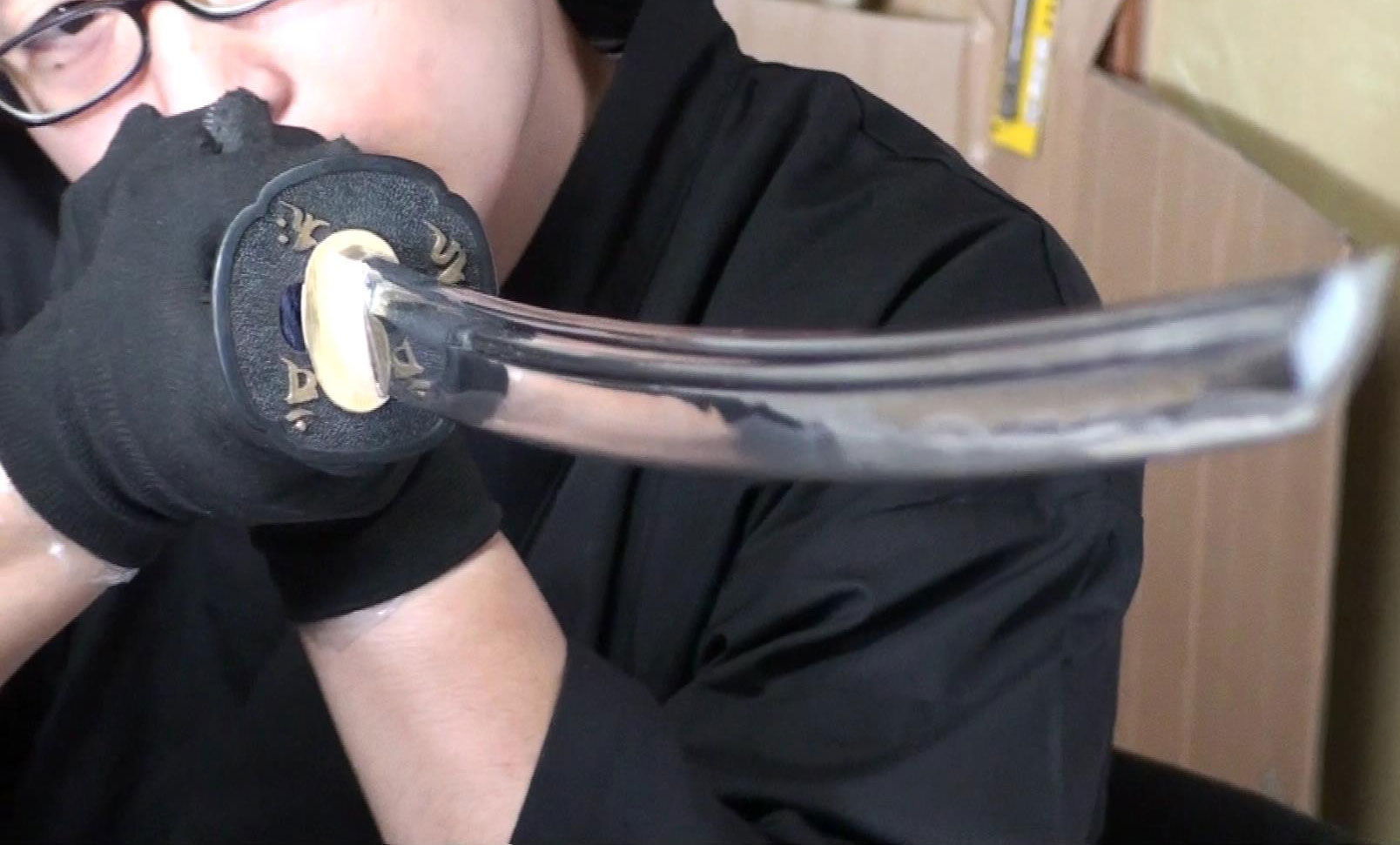
At Tozando we have many high level iaido practitioners among our staff, who together with our craftsmen painstakingly make each iaito by hand once they receive an order. Because of this, we have many experts who are willing to offer their advice and opinions in case you need help, so don’t hesitate to contact us if you have any questions!
We hope this small guide will help you to buy an iaito suited to you and your practice.
 | Did you like what you've just read? Check this out. |



